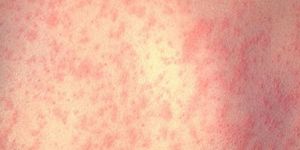What is UV Photography?
Human eyes see visible light, whose wavelength ranges between 400 and 750 nanometers (nm). To visualize anything lower than 400 nm, one can resort to the assistance of ultraviolet (UV) photography. While the band of UV radiation extends from 1 to 400 nm, UV photography only concerns the near UV which is between 200 and 380 nm in wavelength.
There are two ways to use UV radiation to take a picture: reflected UV (meaning the camera captures rays get reflected by objects), and UV induced fluorescence (in which an object of interest bears UV-excitable molecules; upon the absorption of UV radiation energy the molecules emit fluorescent light).
UV photography reveals features not visible to the human eye. It is being utilized to diagnose skin damage such as subtle bruising and sunburnt. While regular photography reveals little or no sun light-caused damage, reflected UV photography can show the subcutaneous buildup of pigments, which can help dermatologists screen patients for skin cancer risks.
Source: Veritasium via Youtube








